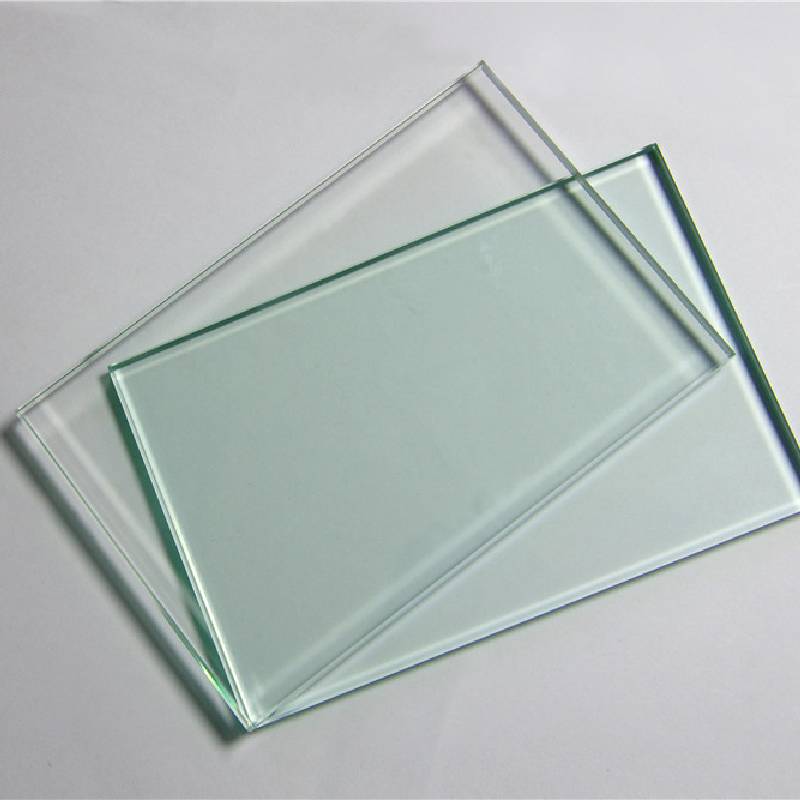

Understanding the Glass Manufacturing Industry
The glass manufacturing industry plays a crucial role in various sectors, including construction, automotive, electronics, and consumer goods. With advancements in technology and increasing demand for sustainable products, glass manufacturers are innovating to meet contemporary needs while minimizing environmental impact.
History and Evolution of Glass Manufacturing
The production of glass dates back over 4,000 years, with ancient civilizations in Mesopotamia and Egypt creating basic forms of glass for decorative and functional items. Over the centuries, glass manufacturing evolved from artisanal methods to more sophisticated techniques, including the introduction of glassblowing in the 1st century BCE. The advent of the industrial revolution in the 18th century marked a significant turning point, leading to mass production with the establishment of factories.
Types of Glass and Their Applications
Glass comes in various forms, each tailored for specific applications. Some of the most common types include
1. Flat Glass Used in windows, doors, and facades, flat glass is essential in the construction industry. Manufacturers use technologies such as float glass processes to create smooth, clear surfaces.
2. Container Glass This type includes bottles, jars, and other packaging materials. With a growing emphasis on sustainability, many manufacturers are transitioning to recyclable glass containers, which can significantly reduce waste.
3. Fiberglass Known for its strength and lightweight properties, fiberglass is widely used in automotive, aerospace, and construction industries. It is integral in producing products ranging from insulation to composite materials.
4. Specialty Glass This category includes items like laboratory glassware, optical glass, and glass used in electronics. Specialty glass often requires advanced manufacturing techniques and strict quality control to ensure precision and performance.

Sustainability in Glass Manufacturing
As environmental concerns rise, glass manufacturers are under pressure to adopt sustainable practices. The production of glass is energy-intensive, necessitating the use of high temperatures to melt raw materials. However, innovative technologies are emerging to enhance energy efficiency. For example, many manufacturers are turning to electric melting furnaces, which can significantly reduce carbon emissions compared to traditional fossil-fuel-powered furnaces.
Furthermore, glass is 100% recyclable, making it a favored material in sustainable design. Many manufacturers now focus on using cullet (recycled glass) in their production processes, which lowers the energy consumption required to create new glass. As a result, a considerable portion of container glass produced today comes from recycled materials, demonstrating the industry's commitment to sustainability.
Challenges Facing the Glass Manufacturing Industry
Despite the advancements, the glass manufacturing industry faces numerous challenges. The fluctuating prices of raw materials, such as silica and soda ash, can affect production costs and profitability. Moreover, the industry is also grappling with labor shortages, as skilled workers become increasingly difficult to find.
Another significant challenge lies in competition from alternative materials, such as plastics and metals. While glass is favored for its sustainability, it is heavier and more fragile than alternatives, leading some manufacturers to explore lightweight glass composites that retain the benefits of glass while being more versatile.
Future Trends in Glass Manufacturing
Looking ahead, the glass manufacturing industry is poised for exciting developments. Innovations in smart glass technology, which can change properties in response to environmental stimuli, are gaining traction. These advancements offer energy-efficient solutions in architecture, enabling buildings to optimize light and temperature.
Moreover, the rise of the circular economy concept promotes increased recycling and reusing of materials, further enhancing sustainability efforts. Manufacturers are likely to invest more in research and development to create new glass forms that align with this trend.
In conclusion, the glass manufacturing industry stands at a crossroads, balancing historical practices with the need for innovation and sustainability. As technology evolves and consumer preferences shift toward environmentally-friendly products, glass manufacturers must adapt to meet the changing landscape while continuing to deliver high-quality glass solutions across various industries.